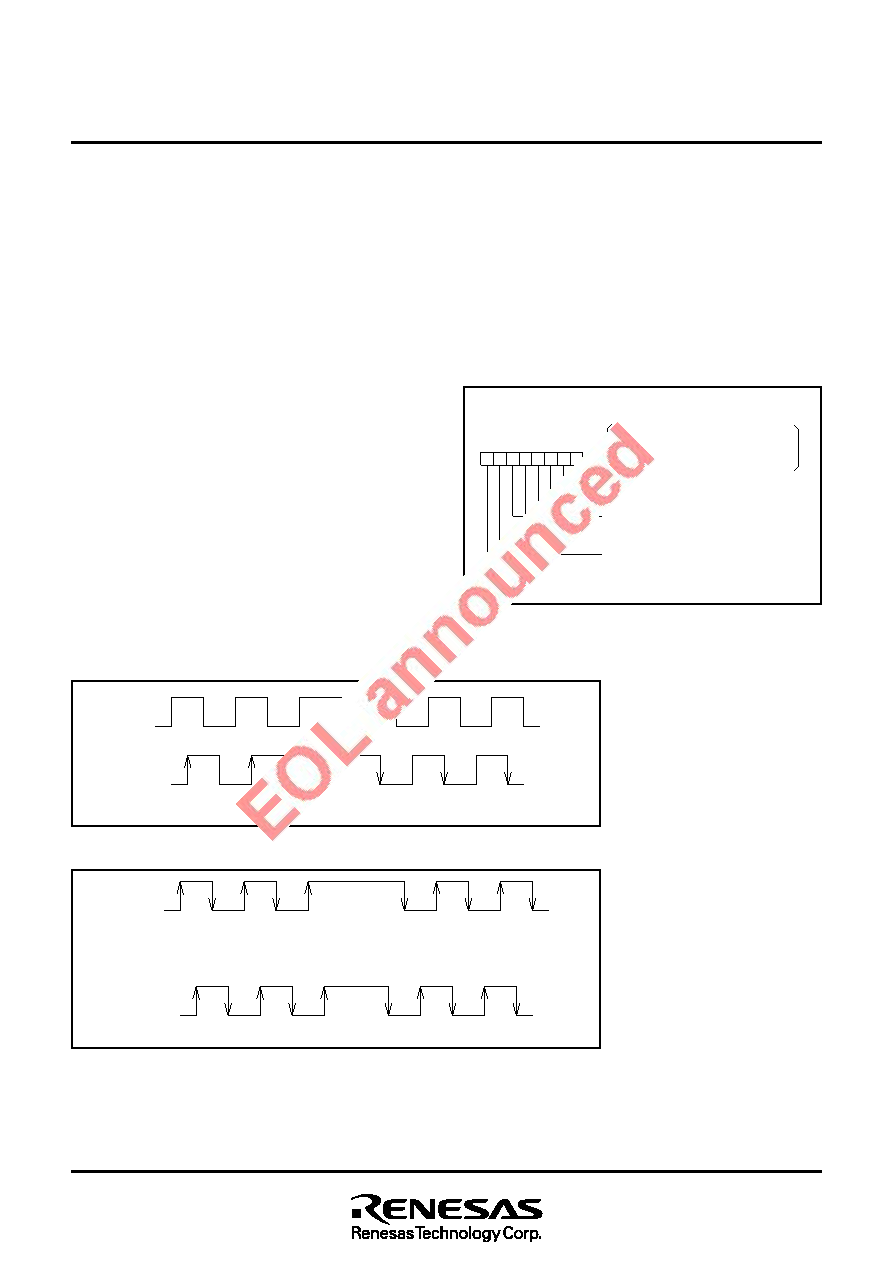- 您現(xiàn)在的位置:買賣IC網(wǎng) > PDF目錄98007 > M37754S4CHP 16-BIT, 40 MHz, MICROCONTROLLER, PQFP100 PDF資料下載
參數(shù)資料
| 型號(hào): | M37754S4CHP |
| 元件分類: | 微控制器/微處理器 |
| 英文描述: | 16-BIT, 40 MHz, MICROCONTROLLER, PQFP100 |
| 封裝: | 0.50 MM PITCH, PLASTIC, QFP-100 |
| 文件頁數(shù): | 43/117頁 |
| 文件大小: | 1575K |
| 代理商: | M37754S4CHP |
第1頁第2頁第3頁第4頁第5頁第6頁第7頁第8頁第9頁第10頁第11頁第12頁第13頁第14頁第15頁第16頁第17頁第18頁第19頁第20頁第21頁第22頁第23頁第24頁第25頁第26頁第27頁第28頁第29頁第30頁第31頁第32頁第33頁第34頁第35頁第36頁第37頁第38頁第39頁第40頁第41頁第42頁當(dāng)前第43頁第44頁第45頁第46頁第47頁第48頁第49頁第50頁第51頁第52頁第53頁第54頁第55頁第56頁第57頁第58頁第59頁第60頁第61頁第62頁第63頁第64頁第65頁第66頁第67頁第68頁第69頁第70頁第71頁第72頁第73頁第74頁第75頁第76頁第77頁第78頁第79頁第80頁第81頁第82頁第83頁第84頁第85頁第86頁第87頁第88頁第89頁第90頁第91頁第92頁第93頁第94頁第95頁第96頁第97頁第98頁第99頁第100頁第101頁第102頁第103頁第104頁第105頁第106頁第107頁第108頁第109頁第110頁第111頁第112頁第113頁第114頁第115頁第116頁第117頁

28
PRELIMINAR
Y
Notice:
This
is not
a final
specification.
Some
parametric
limits
are
subject
to change.
MITSUBISHI MICROCOMPUTERS
M37754M8C-XXXGP, M37754M8C-XXXHP
M37754S4CGP, M37754S4CHP
SINGLE-CHIP 16-BIT CMOS MICROCOMPUTER
be set to “1” and bits 1, 2, 3, and 5 must be “0”. Bits 6 and 7 are ig-
nored. Note that bits 5, 6, and 7 of the up-down register (4416) are
the two-phase pulse signal processing select bits for timers A2, A3
and A4 respectively. Each timer operates in normal event counter
mode when the corresponding bit is “0” and performs two-phase
pulse signal processing when it is “1”.
Count is started by setting the count start bit to “1”. Data write and
read are performed in the same way as for normal event counter
mode. Note that the direction register of the input port must be set to
input mode because two kinds of pulse signals, described above, are
input. Also, there can be no pulse output in this mode.
Data write and data read are performed in the same way as for timer
mode. That is, when data is written to timer Ai halted, it is also written
to the reload register and the counter. When data is written to timer
Ai which is busy, the data is written to the reload register, but not to
the counter. The counter is reloaded with new data from the reload
register at the next reload time. The counter can be read at any time.
Two-phase pulse processing
In event counter mode, whether to increment or decrement the
counter can also be determined by supplying two kinds of pulses of
which phases differ by 90° to timer A2, A3, or A4. There are two types
of two-phase pulse processing operations. One uses timers A2 and
A3, and the other uses timer A4. In both processing operations, two
pulses described above are input to the TAjOUT (j = 2 to 4) pin and
TAjIN pin respectively.
When timers A2 and A3 are used, as shown in Figure 25, the count is
incremented when a rising edge is input to the TAkIN pin after the
level of TAkOUT(k=2,3) pin changes from “L” to “H”, and when the fall-
ing edge is input, the count is decremented.
For timer A4, as shown in Figure 26, when a phase-related pulse with
a rising edge input to the TA4IN pin is input after the level of TA4OUT
pin changes from “L” to “H”, the count is incremented at the respec-
tive rising edge and falling edge of the TA4OUT pin and TA4IN pin.
When a phase-related pulse with a falling edge input to the TA4OUT
pin is input after the level of TA4IN pin changes from “H” to “L”, the
count is decremented at the respective rising edge and falling edge
of the TA4IN pin and TA4OUT pin. When performing this two-phase
pulse signal processing, timer Aj mode register bit 0 and bit 4 must
Fig. 27 Timer Aj mode register bit configuration when performing
two-phase pulse signal processing in event counter mode
Fig. 25 Two-phase pulse processing operation of timers A2 and timer A3
Fig. 26 Two-phase pulse processing operation of timer A4
76543210
1
0
1
0
×
0 1 : Always “01” in event counter mode
0 1 0 0 : Always “0100” when processing
two-phase pulse signal
× × : Not used in event counter mode
Timer A2 mode register
Timer A3 mode register
Timer A4 mode register
Addresses
5816
5916
5A16
TAkOUT
TAkIN
(k = 2, 3)
Increment-
count
Increment-
count
Increment-
count
Decrement-
count
Decrement-
count
Decrement-
count
TA4OUT
TA4IN
Decrement-count at each edge
Increment-count at each edge
Decrement-count at each edge
Increment-count at each edge
相關(guān)PDF資料 |
PDF描述 |
|---|---|
| M37902FCCHP | 16-BIT, FLASH, 26 MHz, MICROCONTROLLER, PQFP100 |
| M37902FGCHP | 16-BIT, FLASH, 26 MHz, MICROCONTROLLER, PQFP100 |
| M37906F8CSP | 16-BIT, FLASH, 20 MHz, MICROCONTROLLER, PDIP42 |
| M37906F8CFP | 16-BIT, FLASH, 20 MHz, MICROCONTROLLER, PDSO42 |
| M37906F8CSP | 16-BIT, FLASH, 20 MHz, MICROCONTROLLER, PDIP42 |
相關(guān)代理商/技術(shù)參數(shù) |
參數(shù)描述 |
|---|---|
| M3775PR-H400CL | 制造商:Bonitron 功能描述:OVERVOLTAGE BRAKING RESISTOR |
| M3775RK-0.75A | 制造商:Bonitron 功能描述:OVERVOLTAGE BRAKING RESISTOR |
| M3775RK-C0.50A | 制造商:Bonitron 功能描述:OVERVOLTAGE BRAKING RESISTOR |
| M3775RK-C0.50B | 制造商:Bonitron 功能描述:OVERVOLTAGE BRAKING RESISTOR |
| M3775RK-C0.50C | 制造商:Bonitron 功能描述:OVERVOLTAGE BRAKING RESISTOR |
發(fā)布緊急采購,3分鐘左右您將得到回復(fù)。